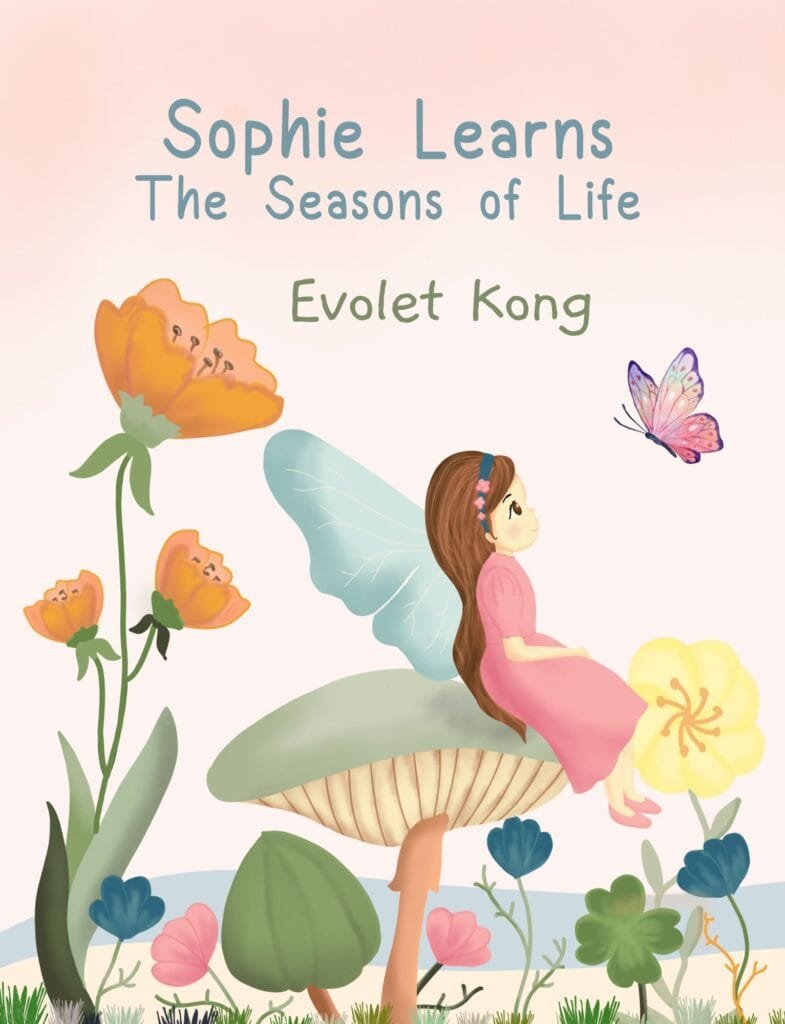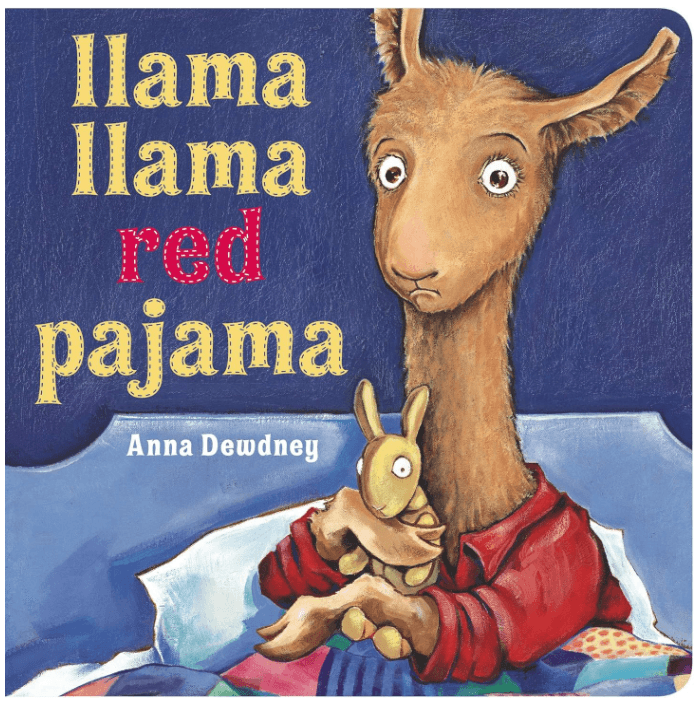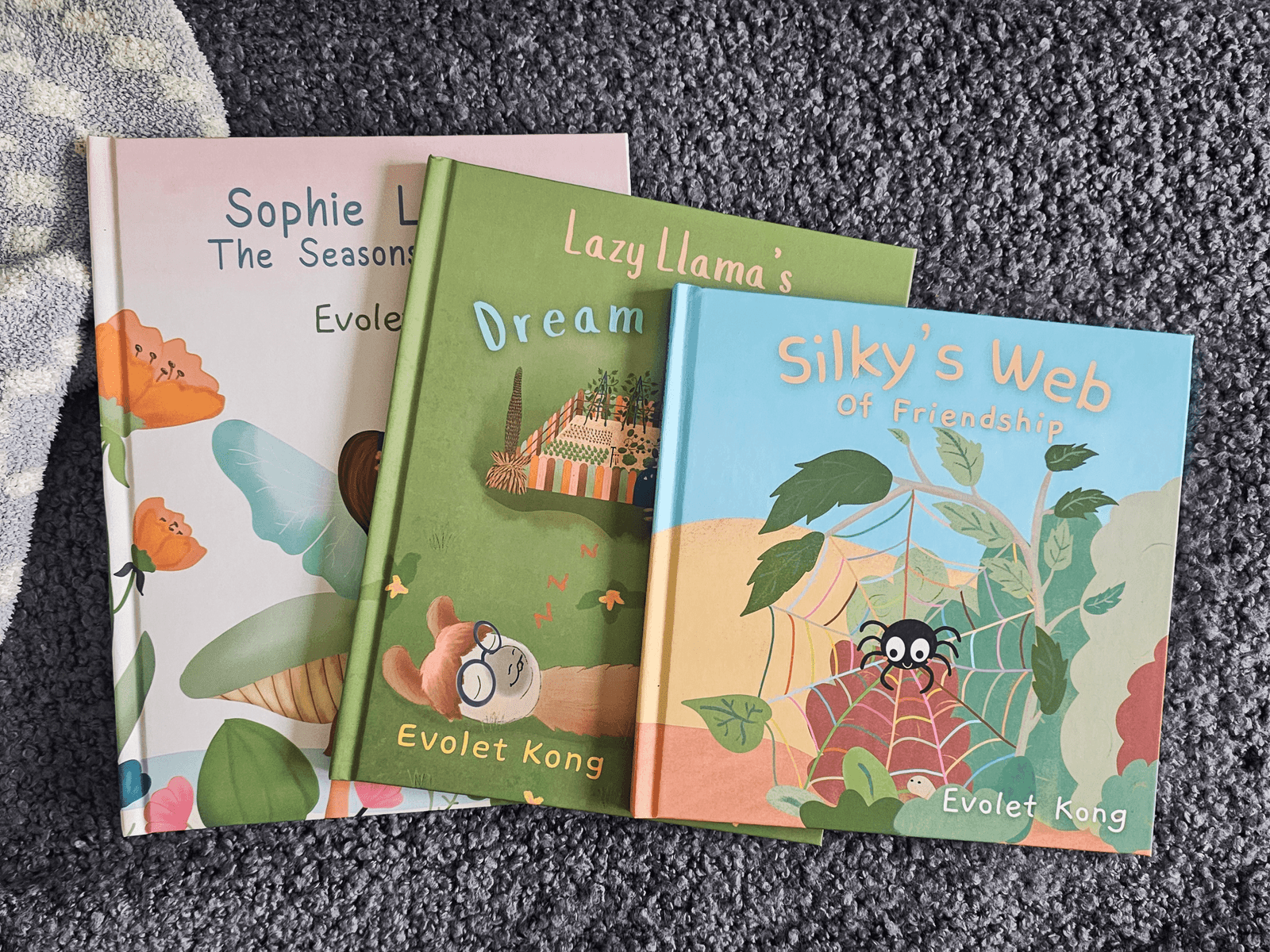
I am always amazed by the magic that rhythm and rhyme can bring to a story. You might have noticed that many beloved children’s books have a musical quality to them, and that’s no coincidence! Rhythm and rhyme play crucial roles in engaging young readers, making reading a delightful experience.
Today, let’s dive into how these elements can enhance storytelling and help children develop important skills.
1. Captivating Attention
Rhythm and rhyme capture children’s attention in a way that prose sometimes can’t. The musicality of words creates a natural cadence that draws kids in, making them want to listen more closely. When children hear a rhythmic pattern, they often find themselves tapping their feet or clapping along, enhancing their enjoyment of the story.
This engagement is especially beneficial for reluctant readers, as the sound of the words can make the experience feel like a fun game rather than a chore. Additionally, books with a catchy rhythm are often easier for children to remember, making them more likely to revisit the story again and again. This repetition builds familiarity and encourages a love for reading.
2. Language Development
One of the most significant benefits of rhythm and rhyme is their role in language development. When children are exposed to rhyming words, they begin to recognize patterns in language, which enhances their phonemic awareness. This is crucial for developing early reading skills, as it helps children identify sounds and syllables.
As they listen to the flow of words in rhythmic stories, they also learn new vocabulary and improve their pronunciation. The playful nature of rhyme makes it easier for children to experiment with language, encouraging them to play with words and sounds. Reading books that incorporate rhythm and rhyme lays a strong foundation for language acquisition.
3. Memory and Recall
Have you ever noticed how easy it is to remember the lyrics to a catchy song? The same principle applies to rhythm and rhyme in children’s books. The patterns created by these elements help kids remember stories and the sequence of events more easily.
When children hear a rhyme, they are more likely to recall what comes next in the story, enhancing their comprehension skills. This ability to remember details is essential for building narrative skills and understanding story structure. Engaging with rhyming texts encourages children to predict what will happen next, fostering their imagination and critical thinking skills.

4. Encouraging Participation
Books that feature rhythm and rhyme invite children to participate in the storytelling process. Whether it’s chanting along with repetitive phrases or anticipating the next rhyming word, these elements make reading an interactive experience.
Parents and caregivers can turn storytime into a lively event by encouraging kids to join in, whether by clapping, singing, or repeating phrases. This involvement not only enhances their enjoyment but also builds confidence in their reading abilities. The more they engage with the story, the more connected they feel to the narrative, which can lead to a lifelong love of reading.
5. Building Emotional Connections
Rhythm and rhyme can also create emotional connections between the reader and the story. The lyrical quality of a well-crafted rhyming text can evoke feelings of joy, laughter, or even sadness, allowing children to connect with characters on a deeper level.
When children hear stories that resonate with their emotions, they are more likely to remember them and discuss their feelings. This emotional engagement is vital for developing empathy, as children learn to relate to the experiences of others. By exploring a range of emotions through rhythmic stories, kids can better understand their feelings and the feelings of those around them.
6. Fostering Creativity
Rhythm and rhyme stimulate creativity in children by encouraging them to play with language. When they hear fun wordplay and clever rhymes, it inspires them to create their own stories, poems, or songs.
This creative outlet is essential for developing their imagination and self-expression. You can even encourage your little ones to make up their own rhymes based on their favorite stories or create new tales using the rhythm of familiar books. By fostering this creativity, you help them discover the joy of storytelling and the limitless possibilities of their imagination.
Rhythm and rhyme are not just whimsical elements in children’s literature; they are powerful tools that enhance language development, foster engagement, and create lasting emotional connections. By incorporating these elements into your reading routine, you can make storytime a joyful and enriching experience for your little ones.
So, the next time you pick up a book with a catchy rhythm or playful rhymes, embrace the magic it brings! Let’s celebrate the beauty of words and the joy of reading together!
5 Recommended Rhyming Books to Read Today!









